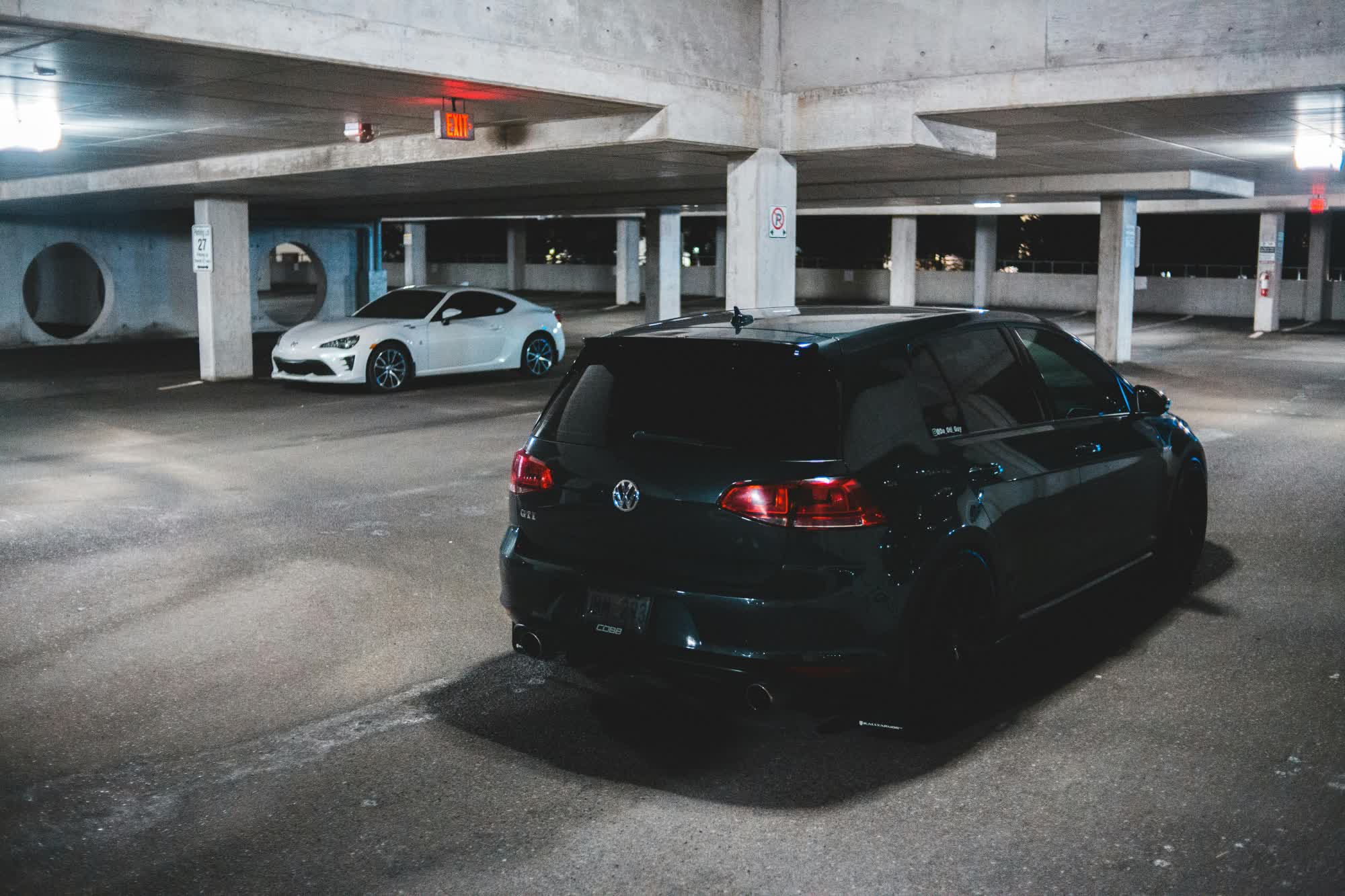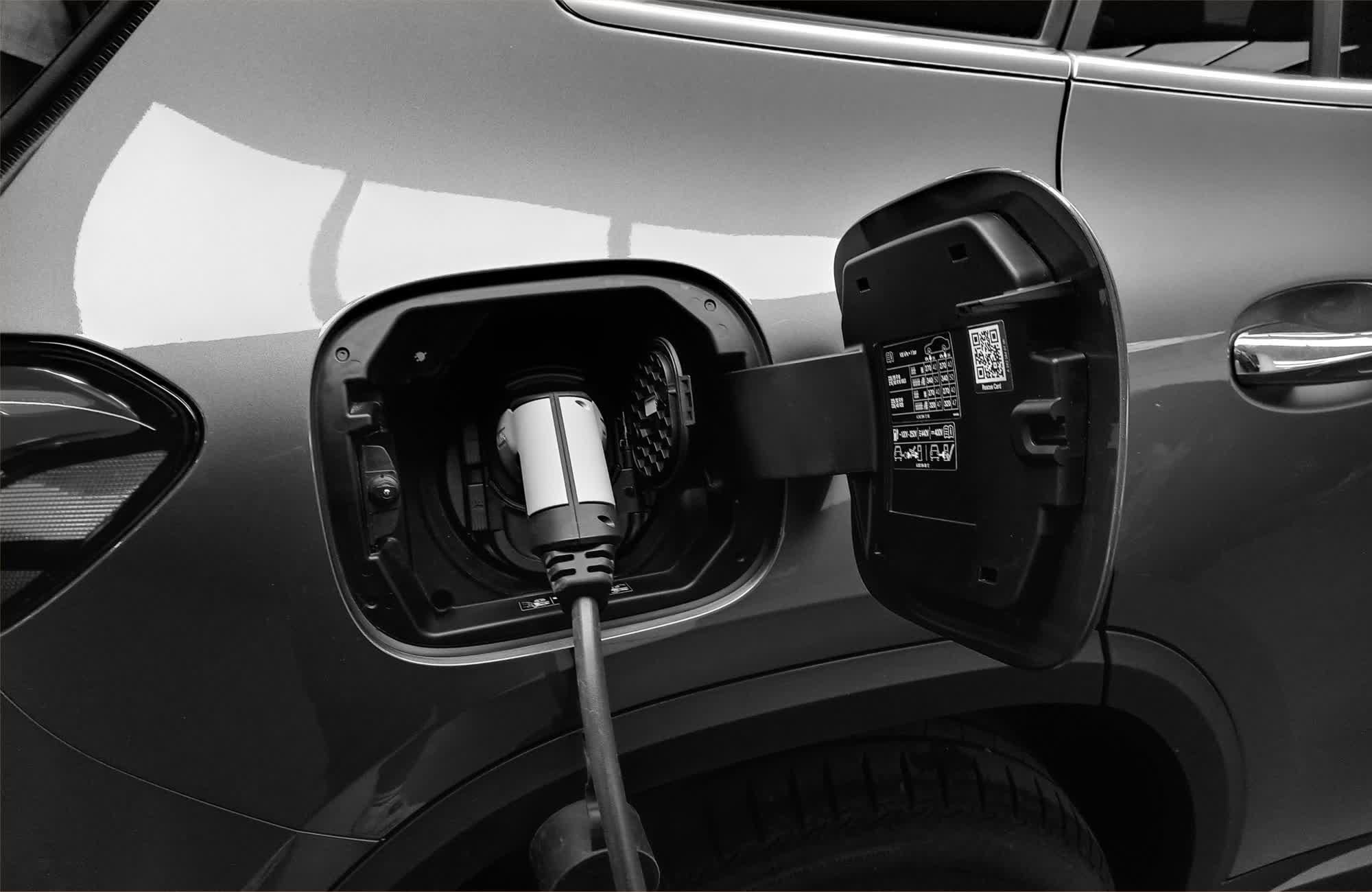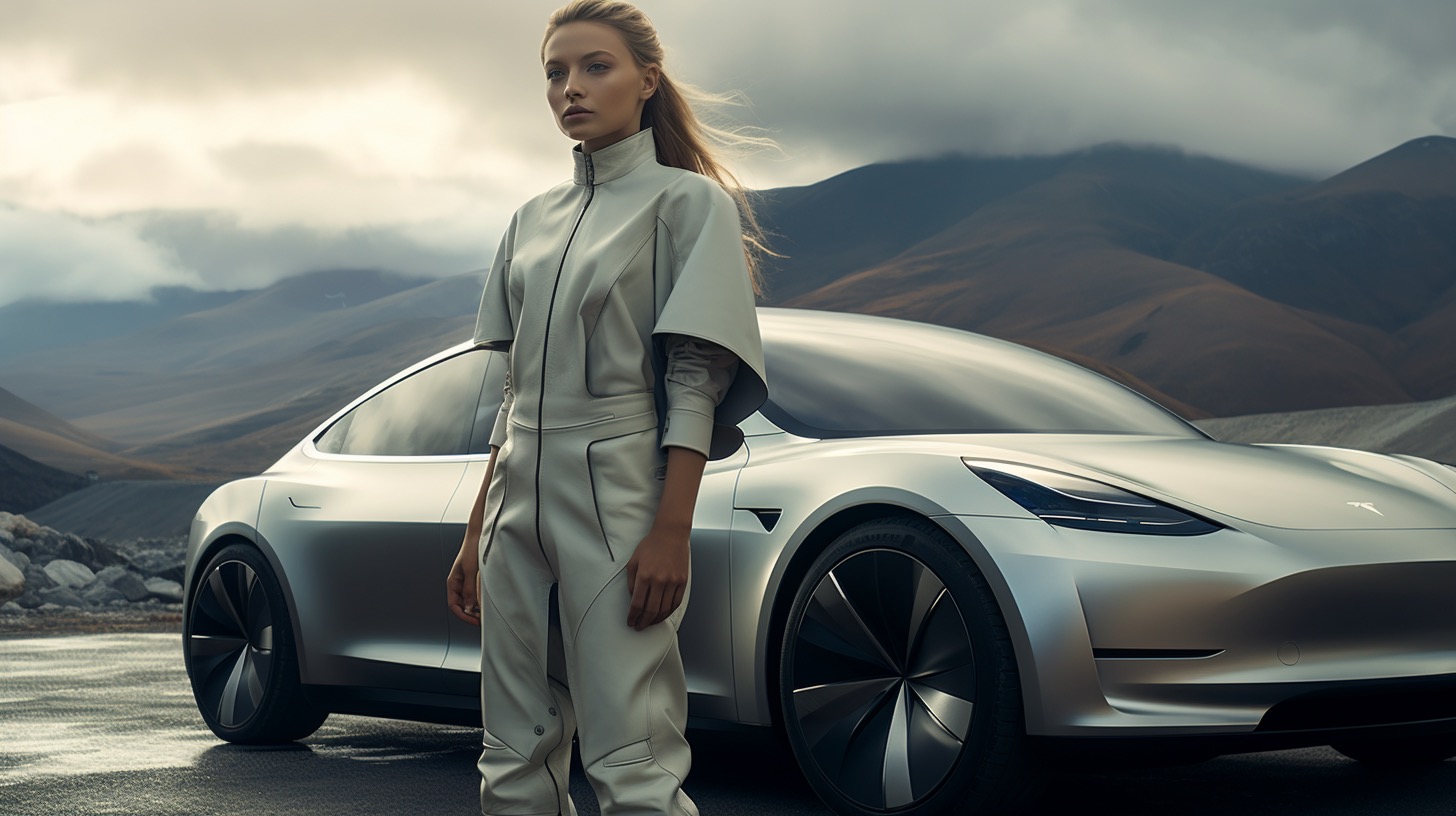In brief: Automakers are racing to commercialize a new wave of battery technology to help usher in the era of electric vehicles. Volkswagen's battery startup, PowerCo SE, recently subjected a solid-state battery from QuantumScape to more than 1,000 charging cycles and the results were very promising.

Robustness is critical when developing new battery cells. In the automotive industry, companies shoot for no worse than a 20 percent capacity loss after 700 charging cycles. QuantumScape's solid-state cell blew these results out of the water, losing just five percent of total capacity by the end of a 1,000-cycle test carried out at PowerCo's battery labs in Salzgitter.
In the automotive industry, this would equate to more than half a million kilometers (around 310,600 miles) of drive time. Volkswagen said the solid-state battery also met other criteria for safety, self-discharge, and fast-charging.
PowerCo CEO Frank Blome said the results are encouraging and underpin the potential of solid-state cells, adding that the end result could be a battery with great range that can be charged quickly and ages slowly.

Automakers are racing to commercialize a new wave of battery technology to help usher in the era of electric vehicles. Existing battery solutions have come a long way, but some prospective buyers are no doubt sitting on the sidelines and waiting for more advanced tech with improved specifications before giving up their combustible engines.
Long-lasting EV batteries could be a boon for new vehicle sales, but there may also be a substantial market for retrofitting older electric cars with more efficient solid-state batteries. Some of the earliest EVs are starting to show their age at this point. Assuming everything else is still in perfect working condition and the price isn't too outrageous, there's no reason why an older EV couldn't be refurbished with a new age solid-state battery pack and continue to operate reliably for many more years.
The next step on the road to production is to scale and perfect the manufacturing process, we're told. The tech also needs to be proven in real-world conditions, but one step at a time.
Image credit: Erik Mclean, Cesar Baciero
https://www.techspot.com/news/101459-volkswagen-backed-solid-state-battery-retains-95-capacity.html

